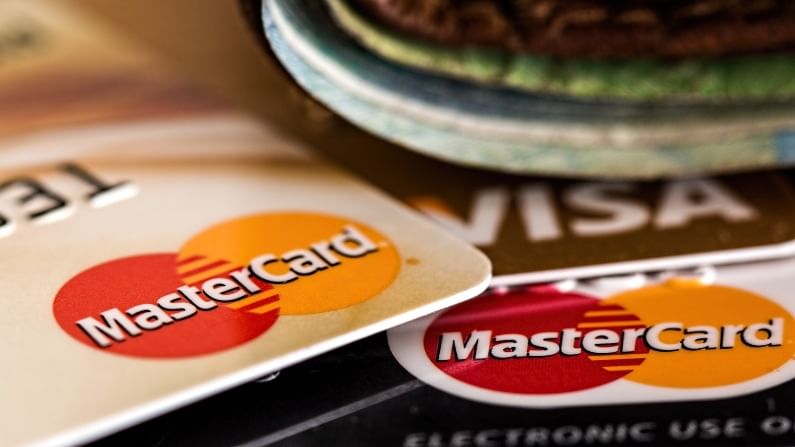Credit cards: Are customers using it to sidestep Covid-induced jitters?
Credit card growth going forward will be driven by multiple factors, such as, festival demand, growth in e-commerce segment and return to normalcy

Credit card spending is an important gauge of consumer sentiment, and recent indications from the RBI data on the the number of outstanding credit cards by all banks indicates there has been a gradual pick-up. At the end of March 2021, there were 62 million outstanding credit cards in the system, compared to 57 million in March 2020.
Spending through credit cards had ran out of steam when the nationwide lockdown was enforced.
In fact, according to RBI data, it decelerated from Rs 67,402 crore in January 2020 to Rs 64,892 crore in October 2020. However, credit card spending in India inched towards pre-Covid levels in January 2021 as more consumers switched to online shopping during and consumer confidence perked up. Data also showed that spending in January this year was higher than February and March last year.
RBI data on outstanding credit cards for April and May 2021 has not been released yet and may be able to show how the second wave has affected credit card transactions and volumes.
In the interim, there are a few banks which have seen a sharp rise in their credit card issuances.
ICICI Bank gains
ICICI Bank, for instance, has seen a record issuance of its credit cards recently. Between November 2020 and February 2021, ICICI Bank issued 665,000 incremental credit cards.
According to data released by the central bank, the number of credit cards outstanding at HDFC Bank fell by about 3.23 lakh between December 2020 and March 2021 to 1.5 crore.
Certain media reports have also highlighted in the last week that ICICI Bank may have turned out to be the biggest beneficiary of the ban on HDFC Bank from new issuances. Reports quoting RBI data have suggested that in March, ICICI Bank continued to lead in fresh issuances, accounting for nearly 52% of new cards. According to data, the number of credit cards outstanding at HDFC Bank fell by about 3.23 lakh between December 2020 and March 2021 to 1.5 crore.
RBI action against HDFC Bank
The RBI had issued an order on December 2, 2020 to HDFC Bank after incidents of outages in internet banking, mobile banking and payment utilities. In the last 28 months, HDFC Bank has had five instances of downtime. This led the RBI to ask the bank to temporarily stop all launches of the digital business generating activities planned under its programme Digital 2.0 and also the sourcing of new credit card customers.
The lender has long been the market leader in terms of cards in circulation as also spends, but the RBI’s decision to penalise the lender for lapses in its digital services has been slowing down the growth.
Duration of ban
In a recent analyst call of HDFC Bank, the bank had said the third party audit of bank’s IT infrastructure by an RBI-appointed auditor is still underway. Once the audit is over, the RBI will take a call based on the feedback from the auditor, the bank said. There is no clarity on how long this process will continue.
Growth in credit card issuances
Credit card growth is driven by multiple factors, such as, festival demand, new product launches by consumer durable businesses, growth in online, e-commerce, and some normalisation of the Covid situation. Experts also say that Credit card spends are a mix of discretionary and non-discretionary expenses, though the pandemic has blurred the lines of this categorisation.
SBI Cards, the leading issuer of credit cards in India, as part of its Q4 earnings report mentioned that the Q4FY21 spending recovered to pre-Covid levels with a higher share of online spending (more than 50%), which it expects to continue.